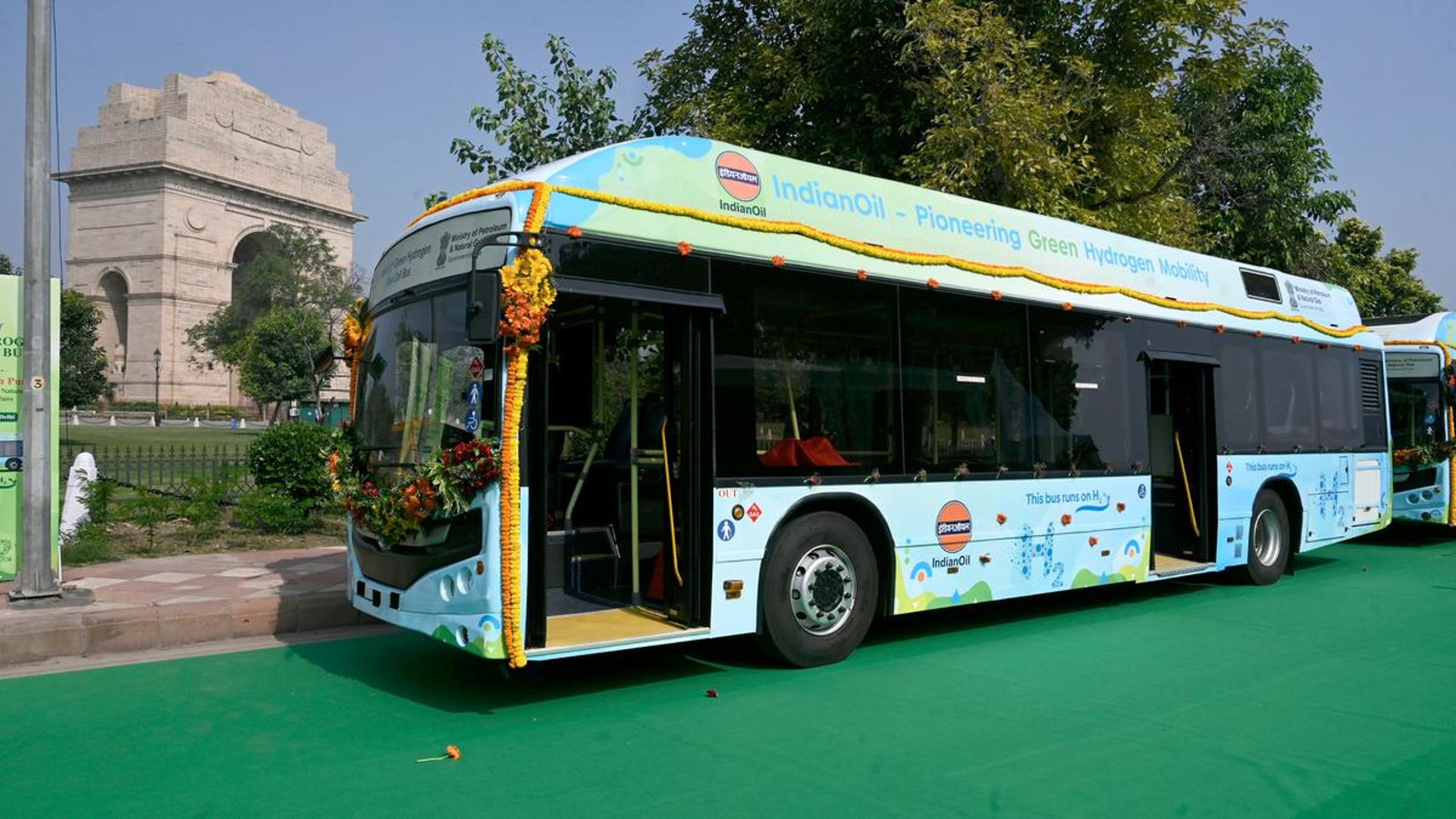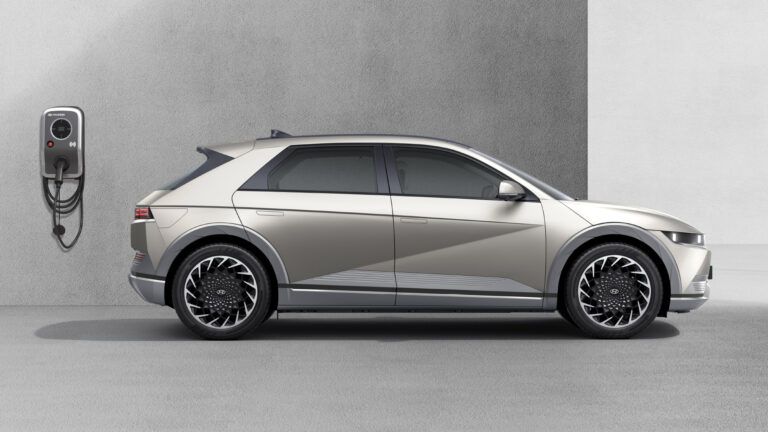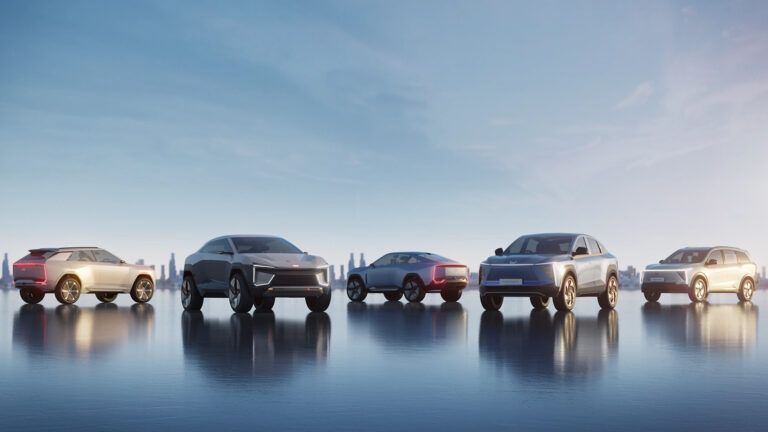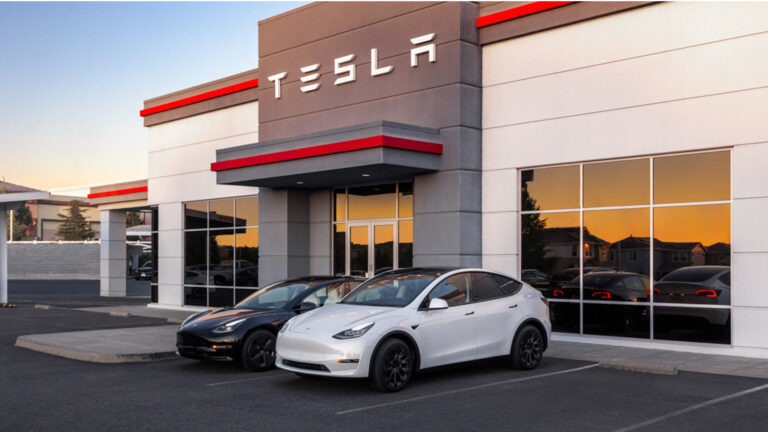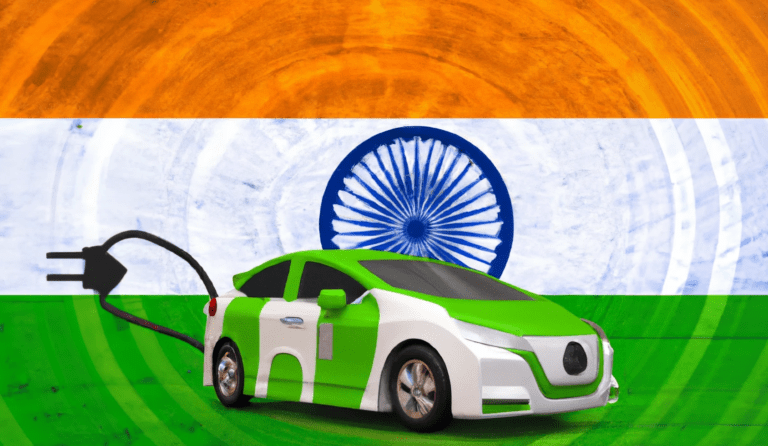In the bustling streets of New Delhi, a vast shift closer to sustainable transportation is underway. As city facilities grapple with growing pollution and the pressing need for eco-friendly transit solutions, New Delhi has taken a pioneering step towards greener mobility by introducing its first hydrogen-powered public buses. This flow is more than just a development in transportation; it symbolizes a broader commitment to environmental responsibility and innovation.
By embracing hydrogen electricity, and a clean energy supply, the town isn’t only addressing instant environmental issues but also positioning itself at the leading edge of a worldwide movement toward greener transportation. This initiative, sponsored by collaborations among main corporations and the government, showcases India’s determination to integrate superior technology with sustainable practices for a cleaner and healthier future.
The capital city lately saw the launch of those hydrogen-powered buses in an event graced by Oil Minister Hardeep Singh Puri. This initiative was made possible through a partnership between the Indian Oil Corporation, and Tata Motors. The plan is to increase this fleet to fifteen buses by the end of the year. Initially, those buses will function in the national capital region without passengers, however, there are plans to extend their service to routes in Haryana and Uttar Pradesh as the fleet grows.
To help the easy operation of those buses, Indian Oil has installed an inexperienced hydrogen facility at its R&D centre in Faridabad. Inexperienced Hydrogen refers to the Hydrogen produced through the electrolysis of water using renewable energy. Likewise, the new Indian Oil facility uses electrolysis, powered by electricity from renewable assets, to produce 75 kg of inexperienced hydrogen.
Fuel of the future
The new buses are powered by fuel cells primarily based on polymer electrolyte membrane technology. They have four tanks with a combined ability to keep 30 kg of hydrogen. Refilling these buses is a short 10-12-minute task, much like refuelling traditional motors. On a full tank, these buses can cover a commendable distance of 350 kilometres.
Hydrogen, particularly the inexperienced variant, is frequently known as the future’s fuel. This is typically due to the fact that, while utilized in gasoline cells, it best emits water vapour, making it an environmentally friendly option. Indian Oil is also exploring the potential of H-CNG, a blend of hydrogen and compressed natural fuel (CNG), as an alternative fuel with less emissions.
Minister Puri’s statements underscore the government’s unwavering commitment to championing easy and inexperienced electricity. He highlighted the country’s bold roadmap, emphasizing that India isn’t simply specialising in the assembly of its strength demands but is actively guiding towards low-carbon improvement. By exploring and investing in opportunity fuels like hydrogen and biofuels, the government is laying the foundation for a sustainable strength panorama. Furthermore, with India projected to account for a sizeable component of the world energy demand boom in the coming many years, those projects signal a proactive approach to environmental stewardship on an international scale.
The advent of hydrogen-powered buses in Delhi is a commendable step in the direction of a sustainable future. As the world grapples with the challenges of climate exchange, such projects highlight the importance of adopting cleaner strength solutions. With the blended efforts of the government and organizations, India is properly on its manner to growing a greener and extra sustainable destiny for its residents.

